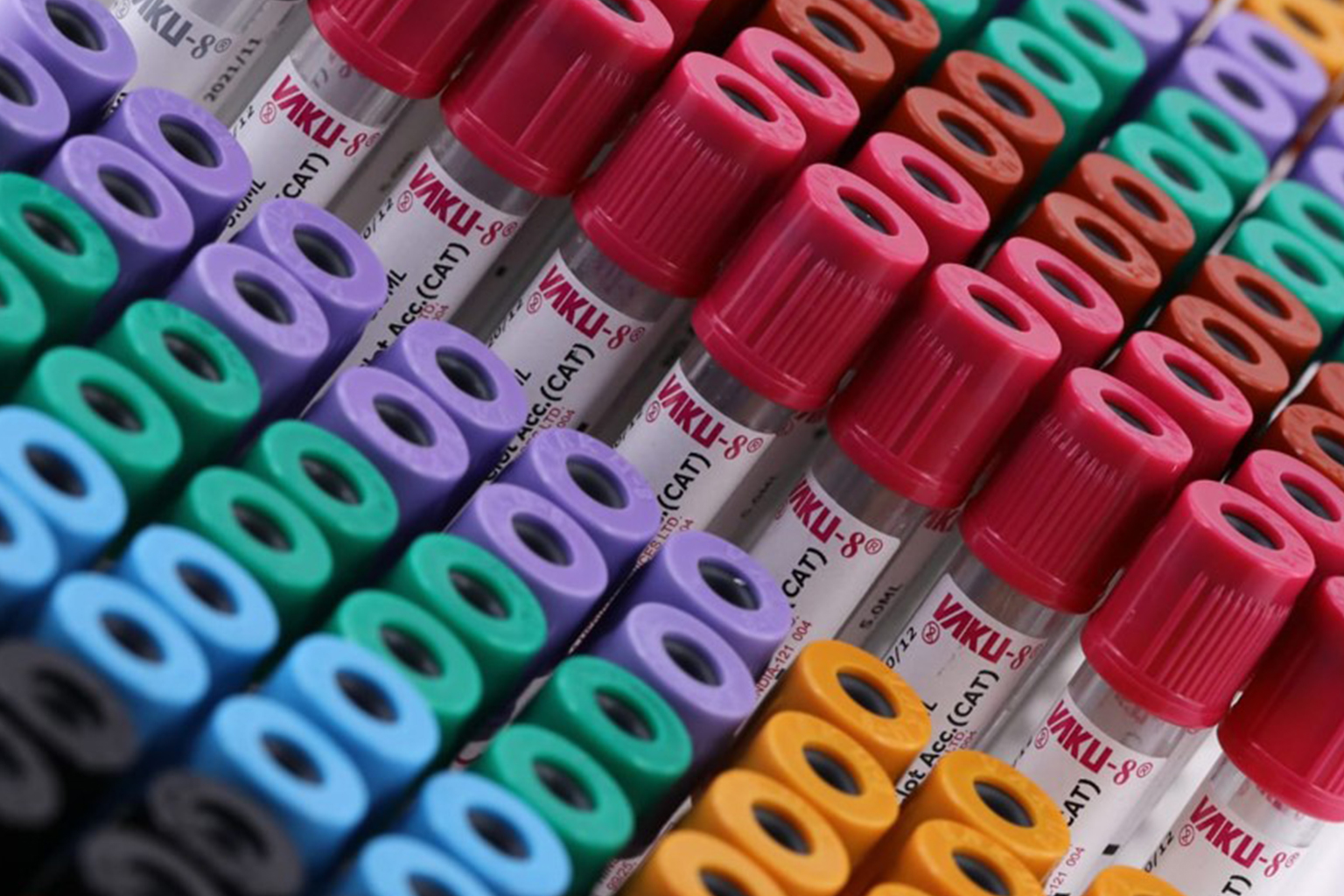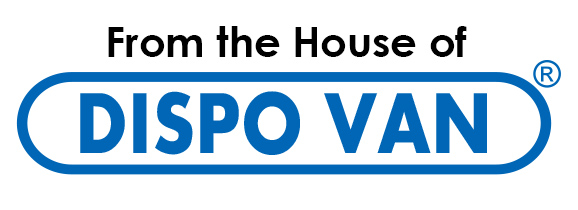

In the famous advertising language of Becton Dickinson, “A laboratory test is no better than the specimen and the specimen no better than how it was collected.” Earlier, sample collection was solely carried out through open looped systems – e.g., needles and syringes.
However, during the collection procedure, the blood was exposed to the environment as well as healthcare professionals, putting the sample quality and the health of workers at risk. To overcome these shortcomings, closed-loop systems were introduced. Also known as evacuated blood collection systems, these provide better safety, along with speed, ease of use, and accuracy in blood-to-additive ratios.
A lot of changes have been made in the evacuated blood collection devices in recent years. But before we discuss them, let’s understand what evacuated blood collection tubes work.
What are Evacuated Blood Collection Systems, and how do they Work?
Evacuated blood collection systems are closed-loop, which implies blood isn’t exposed to the environment. The needle used in the setup is double-ended, with the inner end being encased by a thin rubber coating to prevent blood leakage. The outer end of the blood is inserted into the vein.
Additionally, the inner end of the needle punctures the collection tube’s rubber cap, and the vacuum in the tube pulls the blood through the inner end of the needle. All the blood collection tubes are colour-coded, depending on the types of additives. These additives help preserve the blood and prevent it from clotting.
HMD’s Vaku-8 Blood Collection Tubes –
The Next Step in the Evolution of Sample Collection Process
HMD, one of India’s most prominent pioneers of medical devices, has a product that streamlines the sample collection process even further. HMD’s Vaku-8 blood collection can be used both in hospitals and laboratories for precise results and high-quality blood collection.
With Vaku-8 blood collection tubes, the sample is directly collected in the tube, as opposed to an open-loop system, where blood must be transferred from the syringe to a tube after venepuncture. Hence, it reduces the risk of exposure of blood to the environment and phlebotomists.
For ease of use, the Vaku-8 tube comes with a rubber stopper, facilitating single-handed operation. It also prevents the aerosol formation and doesn’t require workers to undergo additional training. The rubber stopper also has an additional plastic cover on top to protect laboratory personnel from coming in contact with the blood while processing.
Most importantly, HMD’s Vaku-8 tubes are available in a bunch of sizes and additives, fit for a variety of applications. Also, it’s crafted in such a way that only a pre-determined quantity of blood is drawn, therefore preventing wastage.
In Summary
Evacuated blood collection systems are slowly becoming the standard when it comes to efficient blood collection. They prevent sample wastage, curb cross-contamination, and don’t let the blood get spoilt, allowing for a safer collection and accurate diagnosis.
If you wish to provide better patient and employer care, get HMD’s Vaku-8 blood collection systems, and witness precise results.

